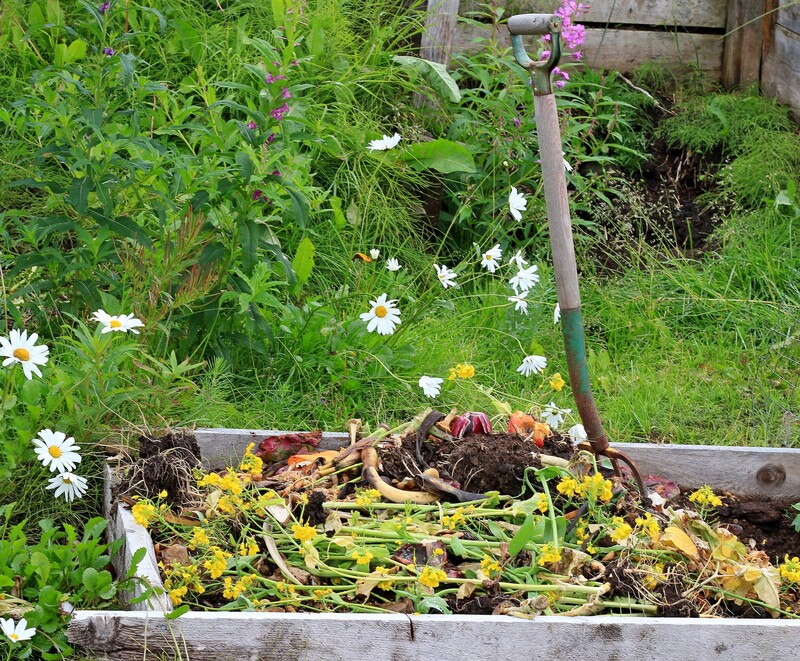Essential PPE Waste Disposal Tips for Schools and Institutions
In today's world, personal protective equipment (PPE) plays a vital role in keeping students, staff, and faculty safe--especially in the wake of ongoing health concerns. However, the increased use of PPE has led to a surge in waste, presenting unique disposal challenges for schools and institutional environments. Failing to manage PPE disposal properly can have health, environmental, and legal consequences.
This comprehensive guide explores essential PPE waste disposal tips specifically tailored for schools and institutions. We'll cover best practices, effective protocols, the importance of education, and sustainable methods to ensure safety and compliance.
Understanding PPE Waste in Educational and Institutional Settings
PPE waste consists of any single-use equipment or material intended to protect individuals from health hazards. Common items disposed of in schools and institutions include:
- Masks: Disposable face coverings and respirators.
- Gloves: Latex, nitrile, or vinyl gloves.
- Face shields and goggles
- Protective gowns and aprons
- Sanitizing wipes and tissues
Incorrect disposal of these materials can cause cross-contamination, spread infection, and negatively impact the environment. Therefore, schools and institutions must adopt safe and structured PPE disposal methods.

Why Proper PPE Waste Disposal is Critical
There are several compelling reasons for prioritizing PPE waste management in educational and institutional settings:
- Health & Safety: Used PPE can harbor germs and pathogens. Proper disposal prevents the spread of viruses and bacteria within school communities.
- Legal Compliance: Regulations often require institutions to follow specific guidelines for hazardous and non-hazardous PPE waste disposal. Non-compliance can result in fines and legal action.
- Protecting the Environment: Improper PPE disposal, such as littering or mixing with recyclables, can harm wildlife, pollute waterways, and increase landfills.
- Setting Example: Responsible waste management educates students on environmental stewardship and public health.
Best Practices for PPE Waste Disposal in Schools and Institutions
1. Implement Segregated Waste Bins
Schools and institutions must install dedicated PPE waste bins in accessible locations, such as entrances, classrooms, laboratories, and common areas. These bins should be:
- Clearly labeled: Use bold signage and distinct colors (e.g., red or yellow) to differentiate PPE bin from regular and recycling bins.
- Hands-free or foot-pedal operated: Minimize contact and reduce contamination risk.
- Regularly emptied and disinfected: Prevent overflow and maintain hygiene.
2. Educate and Train Staff and Students
Education is key to effective PPE waste management. Include the following strategies:
- Workshops and briefings on the importance of PPE and proper waste disposal procedures.
- Posters and digital reminders on disposal points and protocols throughout the campus or facility.
- Incorporate lessons into health education curricula to foster life-long responsible habits.
The more informed the community is, the less likely improper disposal occurs.
3. Follow Local Regulations and Guidelines
Adhering to local, state, or national regulations is crucial. Many jurisdictions classify used PPE as medical waste, requiring specific handling. Ensure your school or institution:
- Consults public health and waste management authorities for updates on regulations.
- Stays current on recommended waste segregation and labeling practices.
- Documents compliance efforts and maintains records when necessary.
4. Safely Handle and Store PPE Waste
Staff assigned to waste management duties should use appropriate PPE themselves, such as gloves and masks, when handling waste. Additional tips include:
- Avoid compacting waste: Crushing can aerosolize contaminants.
- Seal bags tightly: Use strong, leak-proof bags for PPE waste. Double-bag if required.
- Store bags in secured areas until collection or disposal.
5. Arrange for Safe Collection and Disposal
Choose a reliable, licensed waste disposal service familiar with PPE waste management. These companies ensure waste is treated, incinerated, or disposed of according to environmental and safety standards.
- Establish a regular collection schedule.
- Confirm service provider's credentials and compliance.
- Request documentation or certificates if required by regulation.
6. Encourage Waste Minimization and Reuse
Reducing the amount of single-use PPE can decrease disposal burdens. Consider these measures:
- Opt for reusable PPE where appropriate (e.g., washable masks or gowns).
- Educate on proper usage: Students and staff should use PPE efficiently and only when necessary.
- Promote hand hygiene and other preventative measures to lessen reliance on PPE.
Eco-Friendly PPE Waste Disposal Solutions
Sustainability is increasingly important. While many PPE items are not recyclable due to contamination, schools and institutions can adopt greener solutions:
- PPE Recycling Programs: Some companies offer specialized PPE recycling (for masks, gloves, and gowns). Ask your waste vendor for available solutions.
- Biodegradable Alternatives: Consider using PPE made from biodegradable materials that minimize environmental impact.
- Awareness Campaigns: Educate school communities on the environmental impact of PPE waste and encourage responsible behavior.
Note: Always verify if recyclable PPE items have been decontaminated and if they are accepted within your local recycling system.
Effect of Improper PPE Waste Management
- Health hazards: Can lead to accidental contact with infectious material.
- Litter and pollution: PPE, such as masks and gloves, are often found in outdoor spaces, harming wildlife.
- Clogged drainage systems: PPE waste can block sewers, causing flooding.
- Negative community image: A school or institution with PPE waste litter presents an unsafe and uncaring image.
Comprehensive PPE Waste Management Plan: Steps to Implement
To secure lasting change, schools and institutions should develop a systematic PPE waste management plan, including:
- Assessment: Evaluate current PPE use and disposal practices.
- Policy formation: Draft clear policies outlining roles, responsibilities, and procedures.
- Bins placement: Strategically place labeled disposal bins campus-wide.
- Regular monitoring: Assign a team to oversee disposal practices, report issues, and ensure adherence.
- Community engagement: Involve students, parents, and staff in awareness drives and feedback sessions.
Recordkeeping and Incident Response
Maintain logs of PPE waste disposed, especially if required by law. Handle any accidental exposures or spills with an established incident response plan that includes:
- Immediate area isolation and disinfection
- Medical evaluation for those involved
- Incident documentation and review
Tips to Reduce PPE Waste in Schools and Institutions
- Promote Personal PPE Ownership: Encourage students and staff to use their own reusable, washable masks and face shields.
- Bulk Purchasing: Buy PPE in larger quantities to cut down on packaging waste.
- Encourage Minimal Use: Only use PPE when necessary, as advised by health authorities.
- Introduce Hand-Washing Alternatives: Regular hand-washing can reduce reliance on gloves.

Conclusion: Leading by Example for a Safe & Sustainable Future
Establishing essential PPE waste disposal practices is not just a requirement--it's a responsibility. By implementing structured protocols, schools and institutions can protect their communities, stay compliant, and safeguard the environment. Remember:
- Segregate PPE waste from other types.
- Educate everyone involved on correct disposal methods.
- Partner with certified waste management companies.
- Choose reusable options and eco-friendly alternatives when feasible.
By taking these crucial steps, your school or institution will champion public health and environmental stewardship, ensuring a clean and healthy learning environment for all today and in the years to come.
Frequently Asked Questions: PPE Waste Disposal in Schools and Institutions
What types of waste bins should be used for PPE?
PPE waste bins should be clearly labeled, foot-pedal or sensor-operated if possible, and made of durable material. Bins should be leak-proof with tightly fitting lids to contain contaminants.
Can PPE be recycled?
Most single-use PPE cannot be recycled in standard recycling systems due to possible contamination. However, some specialized vendors offer PPE recycling programs for schools or institutions.
How should institutions handle bulk PPE waste?
Schools and institutions should work with certified waste management services to handle bulk PPE waste safely and legally, and keep records of collection and disposal for compliance.
What should be done in the event of an accidental PPE waste spill?
Isolate the area, wear appropriate PPE to clean up, disinfect the area, and document the incident. Ensure anyone exposed is medically evaluated.
Who is responsible for PPE waste disposal in schools?
While custodial staff often handle collection, all members of the school--administration, teachers, students, and visitors--must follow established protocols for correct PPE disposal.
Want to make your institution safer and greener? Start implementing these essential PPE waste disposal tips today!
